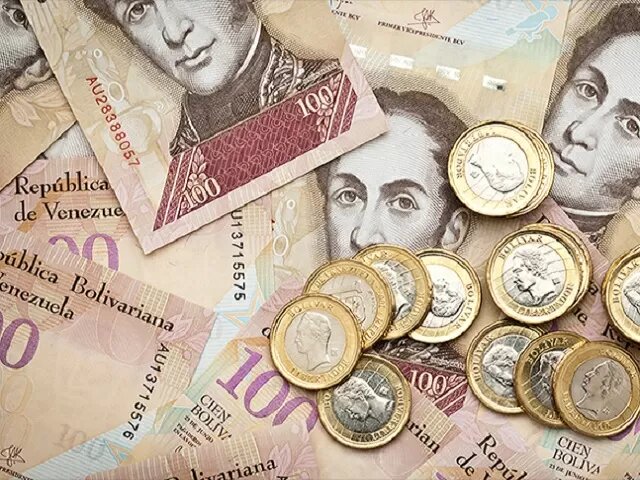Welcome to the fascinating world of forex, where global currencies dance in intricate relationships. Among the key concepts that shape every trader’s journey is the concept of counter currency. Just as every coin has two sides, every currency pair in forex involves a base currency and a counter currency. Let’s delve into this fundamental aspect and illuminate its significance in shaping forex dynamics.
Image: wigynyqiqih.web.fc2.com
Counter Currency: The Yin to the Forex Yang
In the realm of forex trading, currencies are always traded in pairs. The base currency, often referred to as the “left side” of the pair, is measured against the value of the counter currency, positioned on the “right side.” This pairing is crucial because it determines the relative value of the two currencies and provides the context for exchange rate fluctuations.
To illustrate, consider the currency pair EUR/USD. In this pairing, the euro (EUR) acts as the base currency, while the US dollar (USD) assumes the role of the counter currency. When the value of EUR/USD rises, it indicates that the euro is strengthening against the US dollar. Conversely, a decline in EUR/USD signals that the euro is weakening relative to the US dollar.
Historical Evolution and Significance
The concept of counter currency has been intertwined with the history of international trade and currency exchange. As global economies became more interconnected, the need to compare the relative values of different currencies emerged. The establishment of currency pairs became an essential tool for facilitating trade and enabling the comparison of economic performance across borders.
Over time, currency pairs have evolved to reflect the prominence and influence of different economies. Major currency pairs, such as EUR/USD, USD/JPY, and GBP/USD, represent the trading of the world’s most widely used currencies. These pairs dominate global forex trading and serve as benchmarks for economic stability and market sentiment.
Types of Counter Currency
Counter currencies can be classified into different types based on their characteristics and roles in forex trading.
- Major currencies: These counter currencies represent the currencies of economically powerful countries, such as the US dollar, euro, Japanese yen, British pound, and Swiss franc.
- Emerging market currencies: Counter currencies from developing economies, such as the Chinese yuan, Indian rupee, and Mexican peso, offer potential for higher returns but also carry increased risk.
- Commodity currencies: Counter currencies pegged to the value of commodities, such as the Canadian dollar (oil), Australian dollar (gold), and New Zealand dollar (dairy), exhibit close correlation to the performance of their respective commodities.

Image: www.free-web-counters.net
Impact on Forex Trading
The choice of counter currency plays a pivotal role in a trader’s strategy. Each currency pair comes with its own unique set of characteristics, such as volatility, liquidity, and correlation to economic indicators. Understanding these qualities is essential for effective risk management and maximizing trading opportunities.
For example, a trader may choose to focus on pairs involving major currencies due to their stability and liquidity. Alternatively, a more adventurous trader may seek higher potential returns by exploring emerging market or commodity currencies, accepting the associated increased risk.
Tips and Insights for Forex Traders
- Choose counter currencies wisely: Consider the economic fundamentals, political stability, and market sentiment surrounding each currency pair you trade.
- Monitor economic news and events: Stay informed about news and events that may affect the value of the counter currencies in your trading pairs.
- Use technical analysis tools: Technical analysis can help you identify trends, patterns, and potential trading opportunities within currency pairs.
- Practice risk management: Employ stop-loss orders and position sizing techniques to protect your capital from unexpected market movements.
Frequently Asked Questions (FAQs)
Q: What is the difference between a base currency and a counter currency?
A: In a currency pair, the base currency is measured against the counter currency, determining the relative value of the two currencies.
Q: How do I choose the right counter currency for my trading strategy?
A: Consider factors such as volatility, liquidity, economic fundamentals, and correlation to your preferred trading style and risk appetite.
Q: What are the risks involved in trading counter currencies?
A: Currency pairs involving emerging market or commodity currencies may carry higher risk due to economic instability, political events, or commodity price fluctuations.
What Is Counter Currency In Forex
Conclusion
Master the intricacies of counter currency, and you will unlock a new level of understanding in the dynamic world of forex trading. By carefully selecting counter currencies, monitoring economic events, and employing effective trading strategies, you can navigate the forex markets with confidence.
Are you ready to embrace the counter currency concept and elevate your trading journey? Share your thoughts and questions in the comments below, and let’s delve deeper into this fascinating aspect of forex together.






